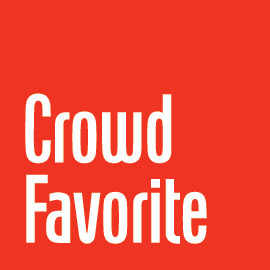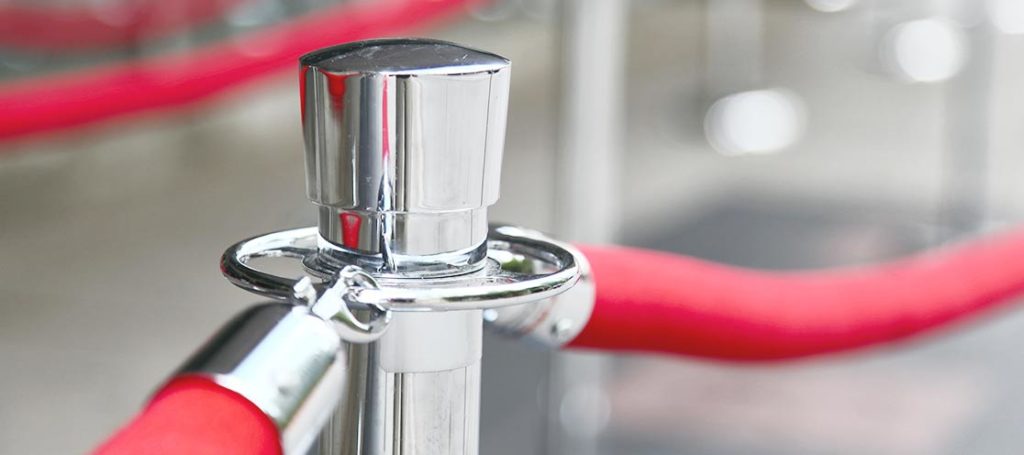*This article was originally published on Forty.co. Forty is now Crowd Favorite.
I’m still a numbers guy at heart, That’s why I get so frustrated every time I hear someone recommending crowdsourced design services like 99designs.
The math just doesn’t work out for business owners, but it looks like such a compelling solution on the surface that they keep falling for it.
If you’re not familiar with it, the idea behind these services is that instead of hiring a designer, you hold a “design contest,” receive dozens (or hundreds) of design submissions, pick the best one, and then award that person the money. (Companies like 99designs provide a web-based platform for running these contests.)
It’s an intoxicating concept for many reasons, including that we misperceive increased options as increased value, and that it sounds vaguely like some kind of social revolution someone read about in Fast Company once.
There’s been a lot of talk in the design community about how these services are fundamentally bad for designers, but — here’s reality — business owners don’t care what’s good for designers. And that’s fine; it’s not their job to care. Their job is to get the most value possible for their business.
This is where the numbers come in
Work the numbers, and crowdsourcing design doesn’t make much sense. Let’s say you find an up-and-coming student designer at your local university, and pay them $1,000 to design a logo for you. If their normal rate is $50/hr (which is reasonable for a less-experienced designer), you’ll get about 20 hours of their time for research, brainstorming, designing, revision, etc. It’s not a ton, but for a small business you could probably get a pretty good logo out of that project. In addition, that student designer has made some much-needed money, you’ve supported the local economy, etc.
Let’s compare that to a crowdsourced “design contest.” You put up the same $1,000, and you get 100 logo variations from different designers. They’re certainly not going to put 20 hours worth of thinking and effort into a 1-in-100 chance at getting $1,000. If you divide that 20-hour-effort by the 1-in-100 chance, it comes to a reasonable time expenditure of just 12 minutes.
Think about that
For a 1-in-100 chance of $1,000, to make about the same money as the student designer is making, it only makes financial sense for the crowdsourced designers to put just 12 minutes of effort toward your project. Or maybe the designers on these sites don’t have the skills to command a $50/hr rate, and they’re willing to put 30 minutes ($20/hr) or even 60 minutes ($10/hr) toward your project. That’s still not much.
Under the pressure of those constraints, many “designers” on crowdsourcing sites revert to simply stealing other logos, tweaking them, and submitting them as original work. This practice is so widespread that many crowdsourcing sites implicitly tolerate it, banning designers only after they’re caught three times. (You can imagine how many stolen logos go unnoticed.) It’s a hundred lower-quality designers putting a few minutes of effort into your project (and possibly stealing the design from someone else) versus one higher-quality designer putting 20+ hours of effort into your project (and creating an original logo).
It’s a hundred lower-quality designers putting a few minutes of effort into your project (and possibly stealing the design from someone else) versus one higher-quality designer putting 20+ hours of effort into your project (and creating an original logo).
At its core, the crowdsourcing model is based on the “monkeys with typewriters” principle: it’s the hope that if you have enough options, you’ll find a diamond in there somewhere. It’s the misconception that you’ll increase value by increasing the number of options. However, if you want a coherent story, you’re always going to be better off hiring one writer, even a less-experienced writer, than you will be trying to build an army of monkeys pounding on keyboards.
You want better options, not more options
Consider outspoken crowdsourcing advocate Guy Kawasaki, who used crowdSPRING to get a design for his new book. He paid $1,000 to receive 760 designs from 226 designers (an average of $1.32 per design, or $4.42 per designer). The end result? The crowdsourced versions weren’t good enough, so he hired designer Sarah Brody to do it right.
The idea of crowdsourcing design is tremendously appealing at first, but when you work through the math, it just doesn’t work out. There has been lots of buzz about the process (“the wisdom of crowds!”), but little evidence of effective branding results coming from it.
All hype aside, it just doesn’t make business sense.
The same team and processes that made Forty synonymous with high-quality UX design and content strategy have been extended through integration with Crowd Favorite.
If you have a digital project in mind, now’s a great time to reach out!





